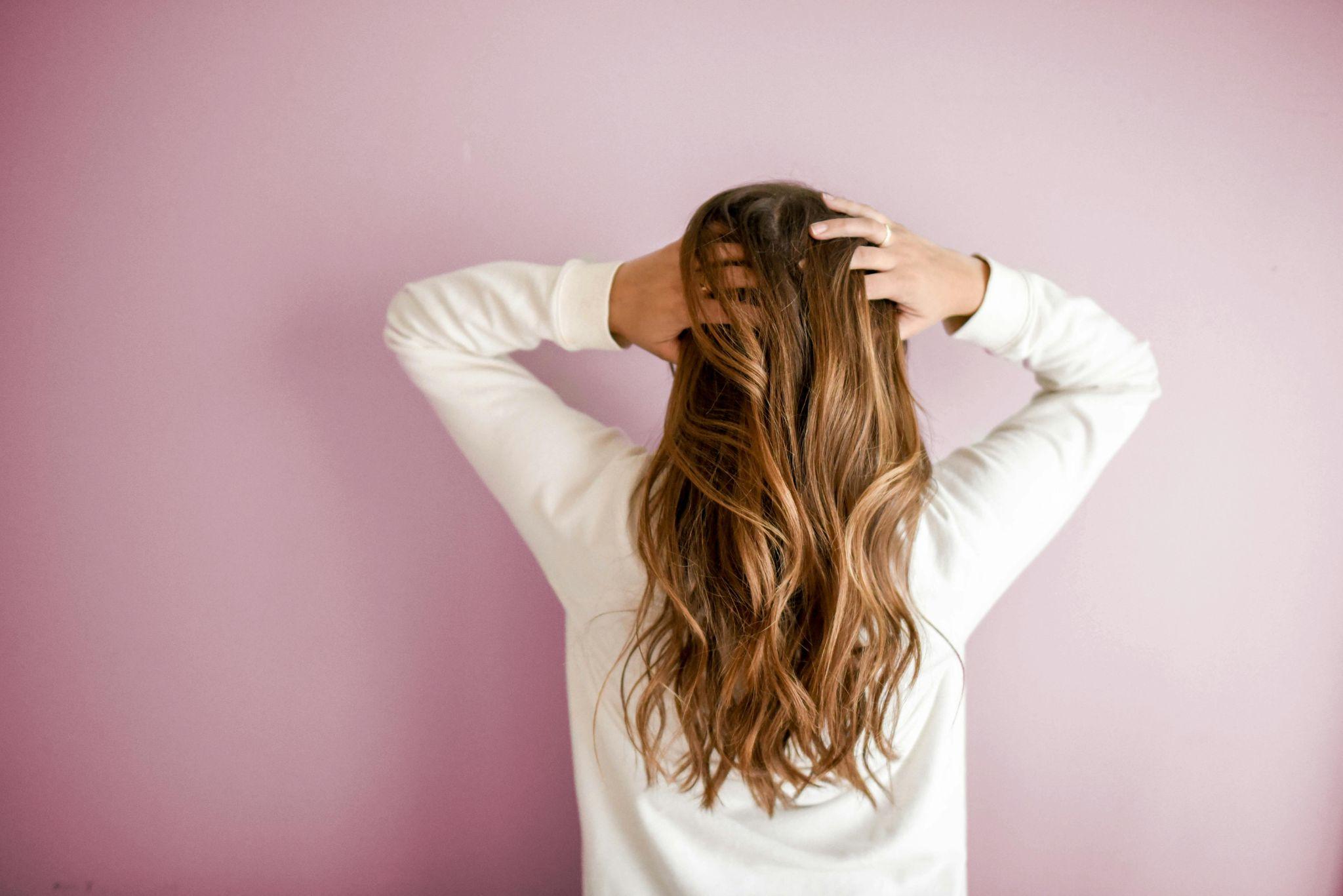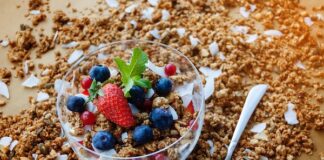Dealing with scalp issues like a yeast infection can be uncomfortable and frustrating, but an effective scalp treatment is available to help you find relief. When addressing your scalp yeast infection, prompt and proper treatment is essential for restoring scalp health. Identifying the telltale signs of a scalp yeast infection, such as persistent itching, noticeable redness, and conspicuous flaking, serves as the initial pivotal step toward effectual treatment. Once these signs are duly recognized, it becomes upon you to take decisive action aimed at eradicating the underlying fungal overgrowth and trying to combat the consequences of the infection.
One of the most common treatments for scalp yeast infections is the use of antifungal shampoos. These shampoos are specifically formulated to target and eliminate the yeast causing the infection, providing relief from itching and irritation. Antifungal shampoos often contain ingredients like ketoconazole or selenium sulfide, which work to combat fungal overgrowth and restore scalp health. When using an antifungal shampoo, be sure to follow the instructions carefully and use it consistently to maximize its effectiveness.
What shampoo to use against a yeast infection on the scalp?
For example, you can use the Neofollics scalp exfoliating shampoo. This is a shampoo that cleans the scalp by containing various effective ingredients, such as climbazole and piroctone olamine. This product removes impurities, and dead skin cells and leaves the skin in a clear, flake-free state.
When you buy an antifungal shampoo be sure that the ingredients used have been selected based on scientific research, such as climbazole and piroctone olamine. When you are aiming for the best ingredients then you can balance microbial activity, prevent itching and irritation, and decrease inflammation and redness.
In addition to utilizing antifungal shampoos, maintaining proper scalp hygiene is crucial for both treating and preventing yeast infections. Regularly washing your hair with a gentle shampoo can help effectively remove excess oil, dead skin cells, and pesky fungal spores from your scalp, significantly reducing the risk of infection. Moreover, avoiding harsh hair products and minimizing heat styling can play pivotal roles in preventing further irritation and inflammation of the scalp. After washing, ensure to thoroughly towel-dry your hair and refrain from sharing personal grooming items, such as combs, brushes, or hats, to prevent the potential spread of infection.
How to get rid of fungi on the scalp?
Fungi on the scalp can cause a variety of issues, primarily due to their ability to overgrow and disrupt the scalp’s natural balance. When fungi, such as yeast, proliferate on the scalp, they can lead to conditions like scalp yeast infections, seborrheic dermatitis, or dandruff. These fungi thrive in warm, moist environments, feeding on oils and dead skin cells present on the scalp. They can irritate the scalp as they multiply, leading to symptoms such as itching, redness, inflammation, and flaking. In severe cases, fungal overgrowth can even contribute to hair loss. Therefore, addressing fungal infections promptly is crucial to restoring scalp health and preventing further complications.
For those looking for natural remedies against fungi on the scalp, several options may help soothe and heal a scalp yeast infection. Tea tree oil, known for its antifungal properties, can be diluted in carrier oil, and applied topically to the scalp to help kill the fungus. Apple cider vinegar, with its antimicrobial properties, can also be diluted with water and used as a rinse after shampooing to help restore the scalp’s natural pH balance. Additionally, maintaining a healthy diet rich in vitamins and minerals can help support the immune system and promote scalp health.
In cases of severe infection or if symptoms persist despite initial treatment efforts, it’s imperative to seek professional help from a dermatologist. A dermatologist can offer personalized recommendations and prescribe medications or treatments tailored to your needs. By proactively seeking professional assistance, you can ensure that you’re receiving the most effective treatment for your scalp yeast infection and avoid potential complications down the road.
Conclusion
In conclusion, effectively treating a scalp yeast infection necessitates a multifaceted approach that encompasses proper hygiene practices, targeted antifungal treatments, and, in some instances, the incorporation of natural remedies or medical intervention. By promptly recognizing the signs of infection and taking proactive steps to address them, you can effectively treat your scalp and restore its health and comfort. Whether you choose to explore over-the-counter remedies or seek guidance from a dermatologist, don’t delay act today to reclaim a healthy scalp and bid farewell to the discomfort of a yeast infection!










![Daily Bite [Make]: Philly Cheesesteak Stuffed Bell Peppers](https://dashofwellness.com/wp-content/uploads/2013/01/Philly-Cheesesteak-Stuffed-Pepper-Daily-Bite-1-100x70.png)
